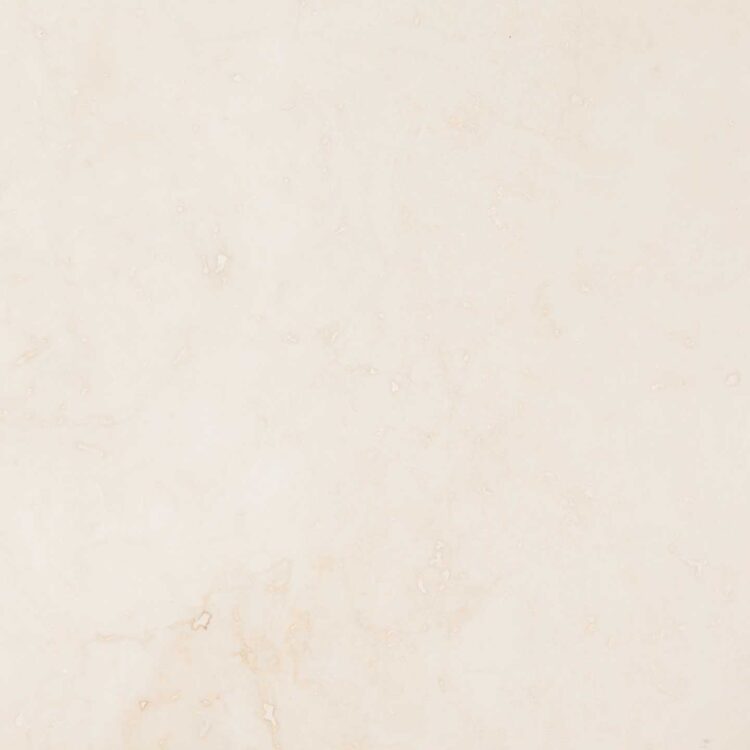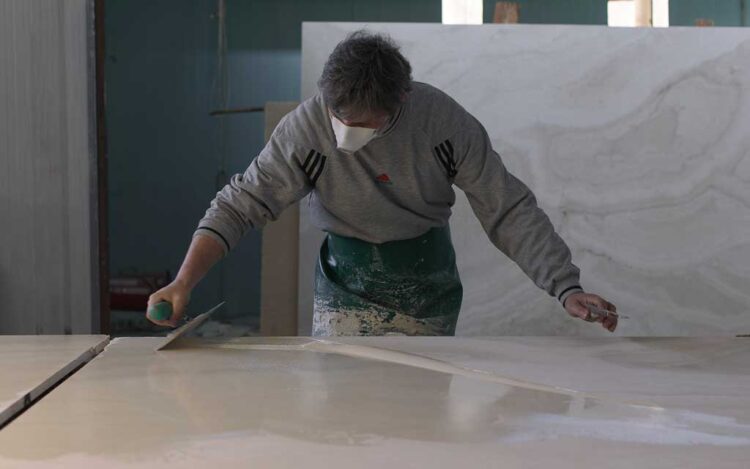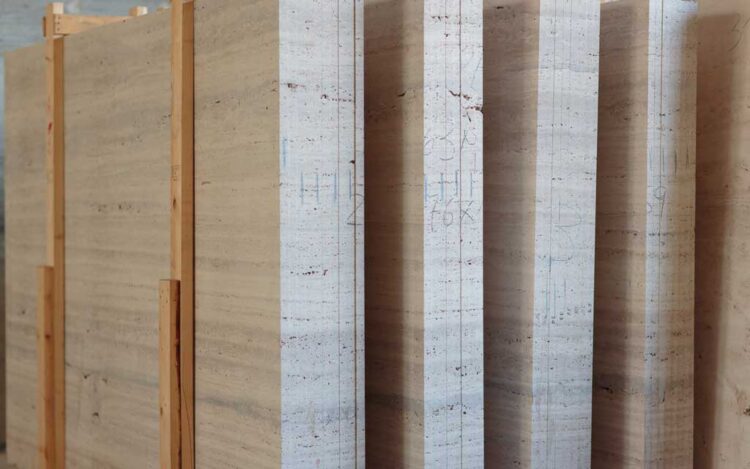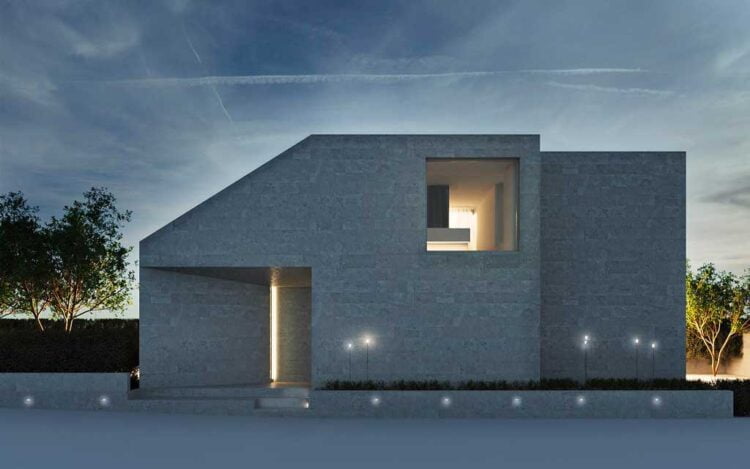Bianco Michelangelo Cross Cut Roman Travertine
Material: Roman Travertine
Origin: Tivoli, Italy
Availability: Blocks, Slabs, Cut to size
Suggested finishes:
saw cut, honed and stone color filled, honed and unfilled, brushed and unfilled, brushed and stone color filled, honed and transparent resin filled, polished and transparent resin filled
Suggested processing:
stone profiles, mosaics and patterns
General description
Bianco Michelangelo travertine owes it’s name to one of the most brilliant examples of human ingenuity. Renaissance sculptor, painter, architect Michelangelo Buonarroti chose only the best raw materials for his iconic works. He praised Roman Travertine’s durability, versatility and of course the clear color turning it in breathtaking representations of eternity, elegance, and purity.
Bianco Michelangelo cross cut displays a neat surface with scattered traces of darker shades. This natural stone color palette comprises white, beige, and cream colors. Purity and rarity in one touch.
Its delicate nuances add sophistication and gracefulness to any setting. Indeed, Bianco Michelangelo travertine cross cut gives its best when used for interior designs, as the white color enhances the depth of the room and highlights the furnishing. It also increases the brightness of the light, be it solar or artificial.
Bianco Michelangelo travertine is the exclusive opportunity of dressing up walls and floors with one of the most ancient natural stones, or decorating the interiors with polished countertops and tables reflecting the fine taste of the house owner. The depth at which this stone is found makes it the last to be extracted from the quarry, adding a landmark in all Roman Travertine quarries. It also influences the compactness of the stone, resulting in a very resistant sort of travertine.
Many are the historical buildings and monuments in Rome that were built with Roman Travertine since the ancient times. The raw material was extracted from the Barco Quarries, now part of Poggi Bros quarries, in Tivoli. Our travertine tones create a link between modern buildings and ancient history. Travertine typical versatility allows contemporary reinterpretations of great classics. One of the most famous Made in Italy examples is Palazzo della Civiltà Italiana, a sharp-cornered version of Colosseum.
Technical Specifications Roman Travertine Bianco Michelangelo
1) Flexural strength (UNI EN 12372)
1a) Load perpendicular to asiontropic planes
| Mean Fleaxural Strength | Standard deviation |
| 10,8MPa | 2,6Mpa |
1b) Load perpendicular to corners of asiontropic planes
| Mean Fleaxural Strength | Standard deviation |
| 11,7MPa | 1,3Mpa |
2) Freeze-thaw resistance (UNI EN 12371)
2a) Load perpendicular to asiontropic planes
| Mean Fleaxural Strength | Standard deviation |
| 7,4MPa | 1,8Mpa |
2b) Load perpendicular to corners of asiontropic planes
| Mean Fleaxural Strength | Standard deviation |
| 8,7MPa | 1,1Mpa |
3) Slip Resistance (UNI EN 1341)
| Mean Slip Resistance, Single Sample |
| 64 |
4) Abrasion Resistance (UNI EN 1341)
| Mean Abrasion Resistance |
| 26,8 |





